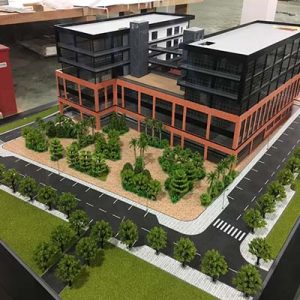
Infrastructure development is essential for the growth and prosperity of societies worldwide. Infrastructure provides the backbone for economic activity and social progress, from transportation networks to energy systems. In recent years, several innovative approaches to infrastructure development have changed the way we approach infrastructure planning and development. Click this to choose the right urban planner Dubai for your project needs.
Public-private partnerships (PPP):
Public-private partnerships (PPP) are a relatively new infrastructure development approach involving collaboration between government agencies and private sector entities. PPPs are becoming increasingly popular to leverage private sector expertise and financing to develop public infrastructure projects. By partnering with private sector entities, governments can reduce their upfront costs while tapping into private sector firms’ expertise.
Smart infrastructure:
Smart infrastructure is another innovative approach to infrastructure development that involves incorporating technology into infrastructure systems to improve efficiency and sustainability. Examples of smart infrastructure include smart grid systems, intelligent transportation systems, and connected buildings. By incorporating sensors, data analytics, and automation into infrastructure systems, smart infrastructure can help to optimize performance, reduce costs, and enhance resilience.
Modular construction:
Modular construction is an innovative approach to building infrastructure that involves constructing buildings and infrastructure systems off-site in a factory setting. This approach allows for greater construction efficiency and can help reduce costs and construction time. Modular construction benefits infrastructure projects requiring repeated design elements, such as transportation hubs or affordable housing developments.
Circular infrastructure:
Circular infrastructure is an approach to infrastructure development that seeks to create closed-loop systems that reduce waste and promote sustainability. Examples of circular infrastructure include water treatment plants that recover energy from waste or buildings that incorporate recycled materials. By designing infrastructure systems with circularity in mind, it is possible to reduce the environmental impact of infrastructure development and promote sustainable economic growth.
Green infrastructure:
Green infrastructure is another innovative approach to infrastructure development that involves incorporating natural or engineered systems into infrastructure systems to provide ecosystem services. Examples of green infrastructure include green roofs, rain gardens, and urban forests. By incorporating green infrastructure into infrastructure planning, it is possible to reduce the environmental impact of infrastructure development and provide a range of benefits, such as improved air quality, reduced urban heat island effects, and improved stormwater management.





